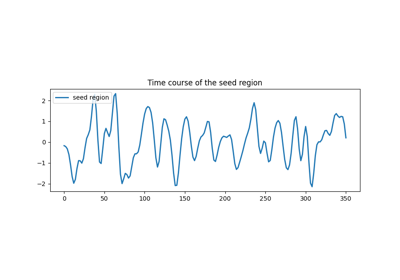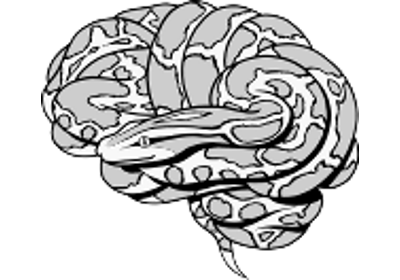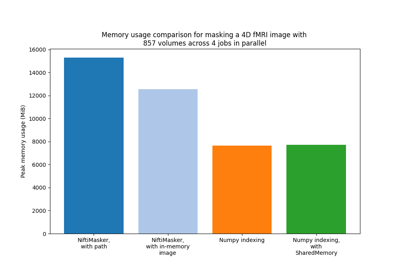Note
This page is a reference documentation. It only explains the function signature, and not how to use it. Please refer to the user guide for the big picture.
nilearn.datasets.fetch_adhd¶
- nilearn.datasets.fetch_adhd(n_subjects=30, data_dir=None, url=None, resume=True, verbose=1)[source]¶
Download and load the ADHD resting-state dataset.
See Nitrc ADHD resting-state dataset[1].
- Parameters:
- n_subjects
int, default=30 The number of subjects to load from maximum of 40 subjects. By default, 30 subjects will be loaded. If None is given, all 40 subjects will be loaded.
- data_dir
pathlib.Pathorstror None, optional Path where data should be downloaded. By default, files are downloaded in a
nilearn_datafolder in the home directory of the user. See alsonilearn.datasets.utils.get_data_dirs.- url
stror None, default=None URL of file to download. Override download URL. Used for test only (or if you setup a mirror of the data).
- resume
bool, default=True Whether to resume download of a partly-downloaded file.
- verbose
int, default=1 Verbosity level (0 means no message).
- n_subjects
- Returns:
- data
sklearn.utils.Bunch Dictionary-like object, the interest attributes are :
‘func’: Paths to functional resting-state images
‘phenotypic’: pd.dataframe with explanations of preprocessing steps
‘confounds’: CSV files containing the nuisance variables
- data
References



